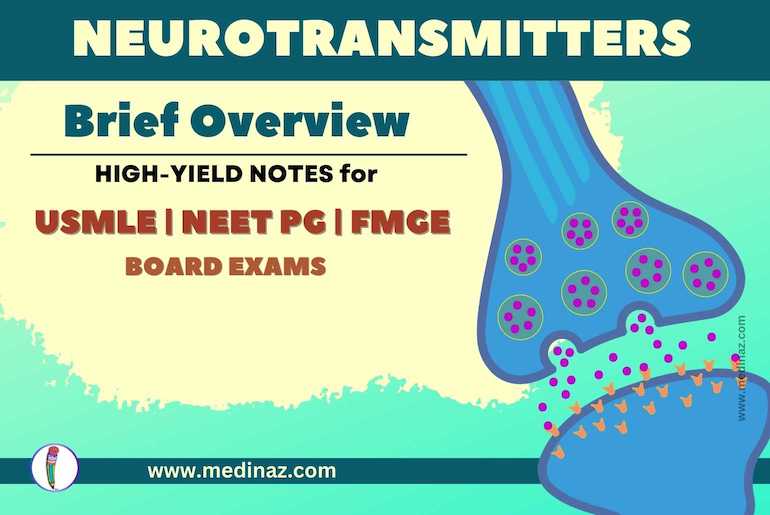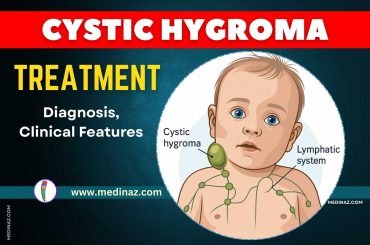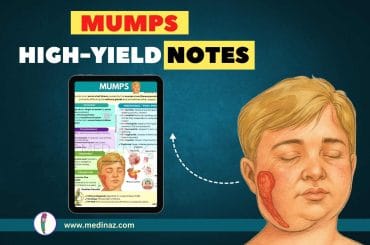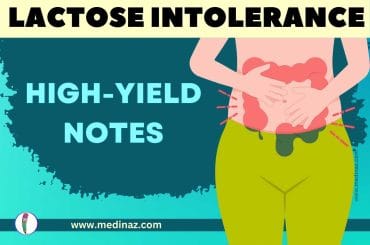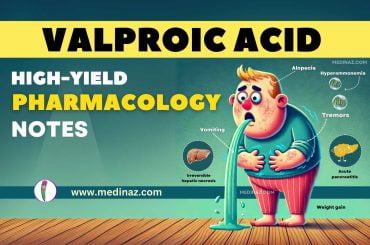Neurotransmitters are chemical messengers that are released by neurons to affect other cells across a synapse (ref)
The cell receiving the signal, or target cell, may be another neuron, but could also be a gland or muscle cell
Neurotransmitters are located in a part of the neuron called the axon terminal and are stored within thin-walled sacs called synaptic vesicles
Neurotransmitters: Acetylcholine
Acetylcholine (ACh) serves as a neurotransmitter in nerve-muscle connections for both voluntary and involuntary (autonomic) muscles throughout the body. While its precise function in the brain remains uncertain, ACh plays essential roles in various neurological processes. Key aspects related to ACh include:
1. Distribution of Cholinergic Neurons: Cholinergic neurons are primarily concentrated in the reticular activating system (RAS) and basal forebrain regions.
2. Implication in Alzheimer’s Disease: ACh has a significant role in Alzheimer’s disease, a condition characterized by cognitive decline and memory impairment.
3. Decreased ACh Concentrations and Neurocognitive Disorders: Neurocognitive disorders, generally, are associated with reduced ACh levels in the amygdala, hippocampus, and temporal neocortex.
4. Involvement in Male Erections: ACh is associated with the physiological process of erections in males.
5. Muscarinic and Nicotinic Receptors: ACh exerts its effects through muscarinic and nicotinic receptors, which are present in various regions of the body.
6. Equilibrium with Dopamine Neurons in the Corpus Striatum: Within the corpus striatum, ACh circuits maintain a delicate balance with dopamine neurons.
Overall, ACh plays a crucial role as a neurotransmitter in nerve-muscle connections, affecting both voluntary and involuntary muscles. While its exact functions in the brain are not yet fully understood, it is implicated in Alzheimer’s disease, neurocognitive disorders, male erections, and interacts with dopamine neurons in the corpus striatum.
Neurotransmitters: Norepinephrine
Norepinephrine (NE), classified as a catecholamine neurotransmitter, plays a vital role in the sympathetic nerves of the autonomic nervous system, which govern emergency responses. NE influences various physiological effects, including:
1. Acceleration of the Heart: NE increases the heart rate, leading to an elevated pulse.
2. Dilatation of the Bronchi: NE causes the bronchi to widen, facilitating increased airflow in the lungs.
3. Elevation of Blood Pressure: NE contributes to raising blood pressure levels.
NE is also involved in modulating attention, perception, and mood, with the locus ceruleus in the upper pons being a significant pathway. It is implicated in the monoamine hypothesis of affective disorders, which suggests:
- Depletion of NE contributes to depression.
- Excess NE (along with serotonin) leads to mania.
- This hypothesis is supported by two observations: the depletion of NE through reserpine administration leads to depression, while antidepressant drugs block NE re-uptake, thereby increasing the availability of NE postsynaptically.
NE exerts its effects through various receptor subtypes, including:
- Alpha-1 Receptors: These receptors, predominantly sympathetic, induce vasoconstriction.
- Alpha-2 Receptors: Found on cell bodies of presynaptic neurons, these receptors inhibit NE release.
- Beta-1 Receptors: Excitatory for the heart, lungs, and brain.
- Beta-2 Receptors: Excitatory for vasodilation and bronchodilation.
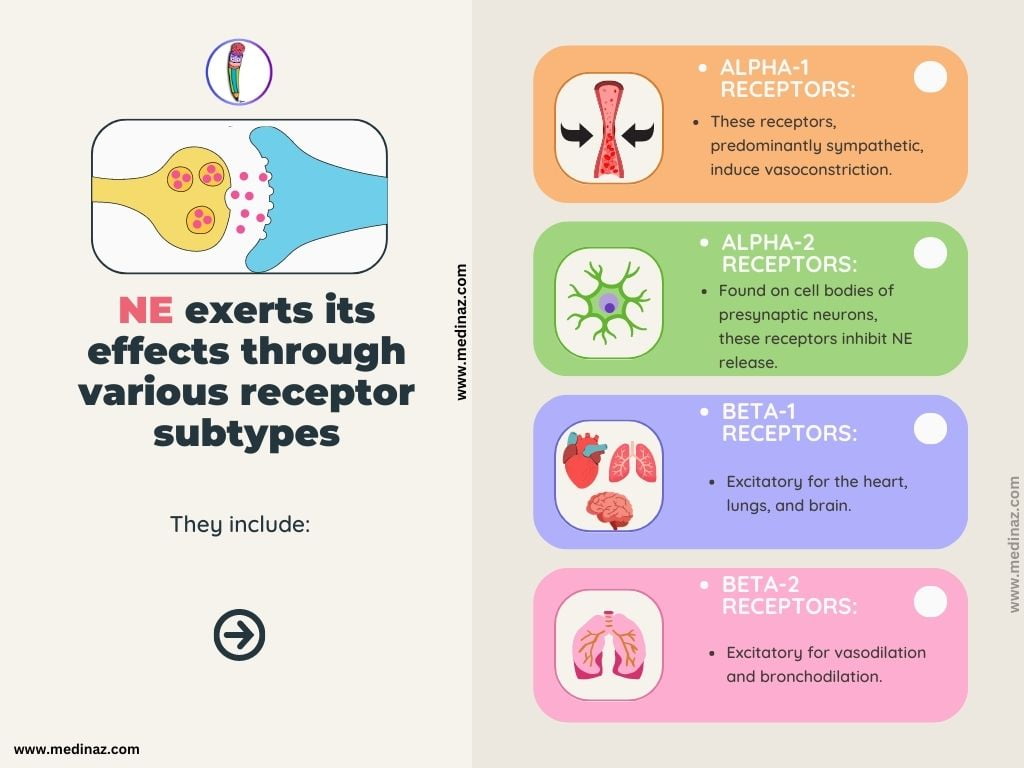
Neurotransmitters: Dopamine
Dopamine serves as the other catecholamine neurotransmitter, synthesized from the amino acid tyrosine. Key points about dopamine include:
1. Importance of D2 Receptors: Among dopamine receptors, D2 receptors play a significant role.
2. D1 and D5 Receptors: D1 and D5 receptors stimulate G-proteins, leading to increased cAMP levels and excitation.
3. D2, D3, and D4 Receptors: D2, D3, and D4 receptors inhibit G-proteins, resulting in decreased cAMP levels and excitation.
Dopamine pathways of psychiatric importance:
- Nigrostriatal Pathway: Blockade of this pathway leads to symptoms such as tremors, muscle rigidity, and bradykinesia.
- Meso-limbic-cortico Pathway: Blockade of this pathway reduces psychotic symptoms.
- Tuberoinfundibular System: Blockade of this system leads to an increase in prolactin levels (Dop = PIF).
Serotonin (5-Hydroxytryptamine, 5-HT):
Serotonin acts as the neurotransmitter for a specific group of neurons located in the raphe nuclei of the brain stem. Notable characteristics of serotonin include:
Relationship to Psychedelic Drugs: Changes in serotonin neuron activity are associated with the effects of psychedelic drugs.
Role in Antidepressant Treatments: Serotonin is involved in the mechanism of action of many antidepressant treatments, with most being selective serotonin reuptake inhibitors (SSRIs) or serotonin agonists.
Inhibitory Influence: Serotonin has an inhibitory influence and is linked to impulse control.
Broad Range of Functions: Serotonin is involved in the regulation of mood, sleep, sexual activity, aggression, anxiety, motor activity, cognitive function, appetite, circadian rhythms, neuroendocrine function, and body temperature.
Neurotransmitters: Glutamic Acid
Glutamic acid is a prominent amino acid in general metabolism and protein synthesis, functioning as both a neurotransmitter and an excitatory neurotransmitter in the brain. Key aspects of glutamic acid include:
Principal Excitatory Neurotransmitter: Glutamic acid is the principal excitatory neurotransmitter in the brain and plays a crucial role in the major neuronal pathway connecting the cerebral cortex and the corpus striatum.
Transmitter of Granule Cells: Glutamic acid serves as the neurotransmitter for granule cells, which are the most numerous in the cerebellum.
Role in Visual Pathway: Glutamic acid is believed to be the primary neurotransmitter of the visual pathway.
Implications in Psychiatric Symptoms: Glutamic acid may contribute to the development of schizophrenic symptoms and is involved in the manifestation of symptoms related to PCP (phencyclidine), an antagonist of NMDA glutamate receptors. Glutamate agonists have been shown to induce seizures in animal studies.
Enkephalins:
Enkephalins are composed of two peptides, each consisting of five amino acids. They are naturally occurring substances that act on opiate receptors, mimicking the effects of opiate drugs. Enkephalin neurons are localized in brain areas that regulate functions influenced by opiate drugs.
Substance P:
- Peptide composed of 11 amino acids
- Acts as a major neurotransmitter in sensory neurons
- Transmits pain sensations from the periphery, especially the skin, to the spinal cord
- Found in various regions of the brain
- Release of substance P is blocked by opiates, which contribute to pain relief
- New class of antidepressant medications being tested to target substance P
Gamma Amino-butyric Acid (GABA):
- Amino acid neurotransmitter primarily found in the brain
- Predominantly occurs in the brain
- Reduces neuronal firing and serves as the principal inhibitory neurotransmitter
- Present in approximately 25 to 40% of all synapses in the brain
- Quantitatively the most abundant neurotransmitter in the brain
- Associated with anxiety
- Influenced by substances such as cannabis and benzodiazepines
- Interacts with GABAergic pathways
Check the other free “Medical Notes“
A Visual Learning Platform

